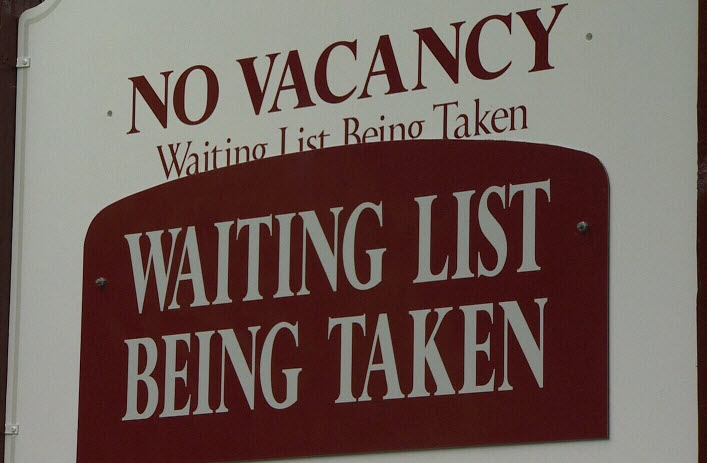My city, Victoria, is in the middle of a housing affordability crisis. Even more so, is my city neighbour, Vancouver. Property values have escalated so fast, and high, that all but the wealthy can afford what used to be common aspirations of the middle class – e.g., own your own home. With a growing affordability gap comes a host of related social challenges, ranging from homelessness to gated communities to urban sprawl. What to do?
With my mediation process hat on:
Issues
Housing affordability is, of course, more than just a single issue. Chunking down the primary issue into sub-issues makes problem-solving (in many ways) more manageable. Those sub-issues include:
- Growth strategy – What is the long-term vision for the community? Who will the city welcome, and create space for?
- Zoning policy – Zoning is the domain of city hall; municipal policy drives the mix of housing. How sustainable is the current policy?
- Density sentiment – What’s the intentions and plan for this place – more or less density/people? This question can be asked from many different perspectives; e.g., resident, policy maker.
- Ownership – Who owns and/or is developing the housing; e.g., private, public, nonprofit, hybrid?
- Property management – Who is managing the housing?
- Supply-Demand – Currently, the demand for affordable housing substantially exceeds the supply.
- Market complexity – In our connected world, local conditions can be driven by external interests (e.g., foreign buyers).
- Decision-making process – How are land-use decisions made; e.g., at neighbourhood, city, regional levels. Is there trust in the process(es)?
- Relationships – What type of relationships are at-play, sought, between and across residents, neighbourhoods, city hall, developers, property owners/managers; prior, during, and post-development?
Birds-eye Analysis
With each sub-issue referenced above, comes a continuum of possibilities and solutions.
Given the scope of interrelated issues associated with affordable housing, it seems to me that there are three certainties when it comes affordable housing:
- It represents a systemic challenge; it’s complex,
- there are many diverse, competing interests at play, and;
- It is about people – and their basic needs and concerns – not the least of which is fear (for both the haves and have-nots).
3 strategies for the long game
Here are three different, sustainable (long-term), strategies to help address the affordable housing crunch:
- Break down the “solution” silos – To break down silos, ensure a common vision and set of values are in-place. Without a common, shared vision and values to serve as guide posts for discussions, across sub-issues, and stakeholder groups, issues resolution is open to becoming a set of solution silos.
- Apply the Law of Requisite Variety – Ashby’s law of requisite variety (aka, the first law of cybernetics) posits that in complex systems, the only way you can control your destiny is to be more flexible than your environment. Applied to the housing context, the variety of supply must be as great as the variety of demand, for the system to function properly; a healthy variety of housing options. I have been a fan of cybernetic principles for 40 years. In 1978 I was gifted a transcription of cyberneticist Stafford Beer’s 1973 CBC Massey Lecture’s on Designing Freedom. I changed my life course, on reading it. If complexity is your bugaboo, cybernetics should be in your solutions vocabulary.
- Manage conflict appropriately – Affordable housing conversations, and their attendant decisions, involve us humans, and with all our diverse needs and interests being brought to the table. Assuming that housing issues can be, at best, managed, versus fully resolved, apply a continuum of conflict management options. That continuum should buttress the traditional rights-based options with a rich mix of proactive and informal conflict management options. This mixed approach can be effectively applied to both the relationship and transactional aspects of affordable housing.
The challenges of affordable housing are systemic, multi-faceted and interest-based. What other sustainable strategy have you employed?


Speak Your Mind